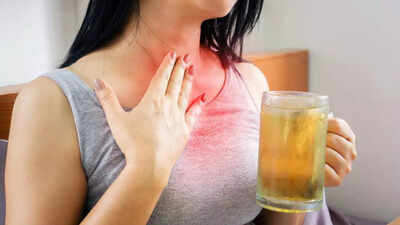Nonalcoholic fatty liver disease (NAFLD) is a common condition where excess fat builds up in the liver, affecting millions worldwide. While often linked to internal liver damage, NAFLD can also cause visible skin changes. These skin symptoms may include jaundice, easy bruising, itching, and swelling, signaling underlying liver issues. Recognising these signs early can aid in timely diagnosis and treatment, improving overall health outcomes. Understanding how fatty liver disease affects the skin is important for both patients and healthcare providers.
Understanding fatty liver disease and how does it affect your skin
Fatty liver disease, particularly NAFLD, develops when fat builds up in the liver cells beyond normal levels. Common causes include obesity, high cholesterol, poor diet, and excessive alcohol consumption. Over time, the fat accumulation can cause liver inflammation, fibrosis (scarring), and in severe cases, cirrhosis, an irreversible scarring of liver tissue.As the liver deteriorates, its impaired functions lead to hormonal and metabolic imbalances, which often show up on the skin.
Common skin symptoms of fatty liver disease
1. Jaundice (Yellowing of skin and eyes)
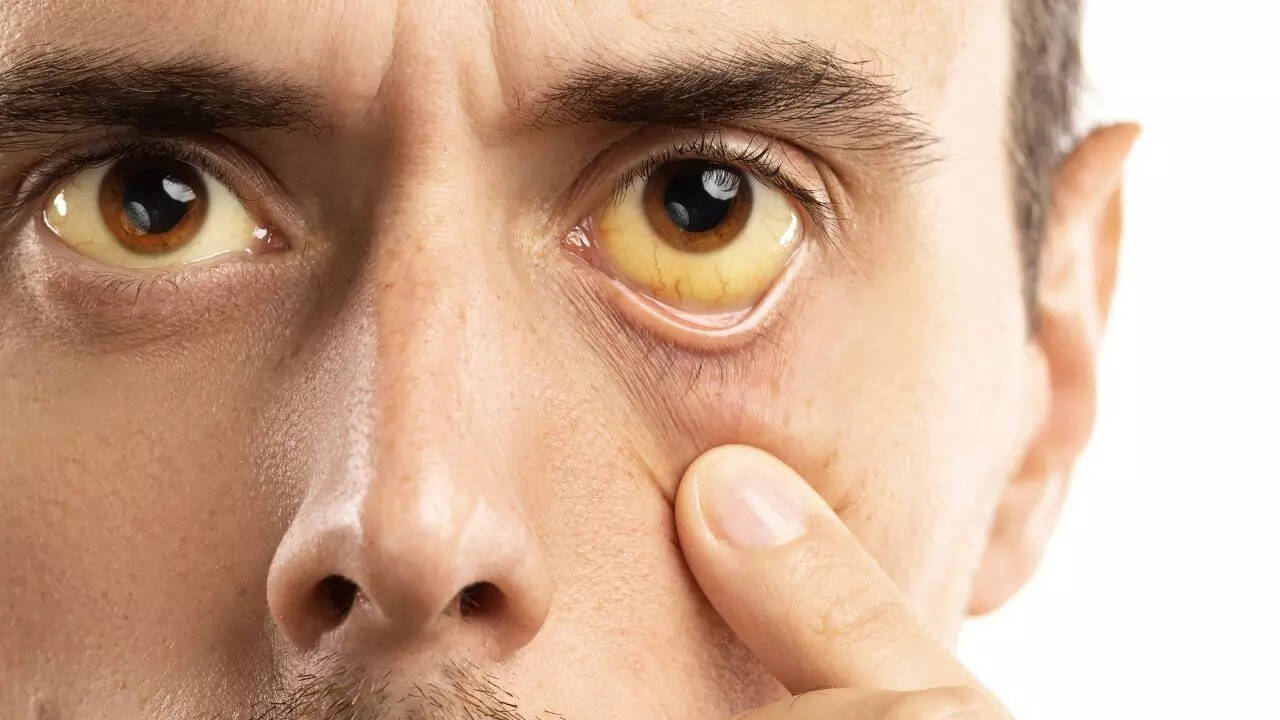
Jaundice is one of the most recognisable skin symptoms of liver disease. It occurs due to a build up of a yellow pigment produced when red blood cells break down, in the bloodstream. When the liver is damaged and cannot process bilirubin effectively, this pigment accumulates, causing yellow discoloration of the skin, eyes, and mucous membranes.2. Skin pigmentation changesLiver dysfunction can alter hormone metabolism, leading to changes in skin pigmentation.People with fatty liver-related cirrhosis may notice:
- A grayish or sallow complexion on the face
- Dark patches or black pigmentation on the hands and feet
- Iron deposits causing further discoloration due to blood cell leakage
3. Easy bruising and prolonged bleeding
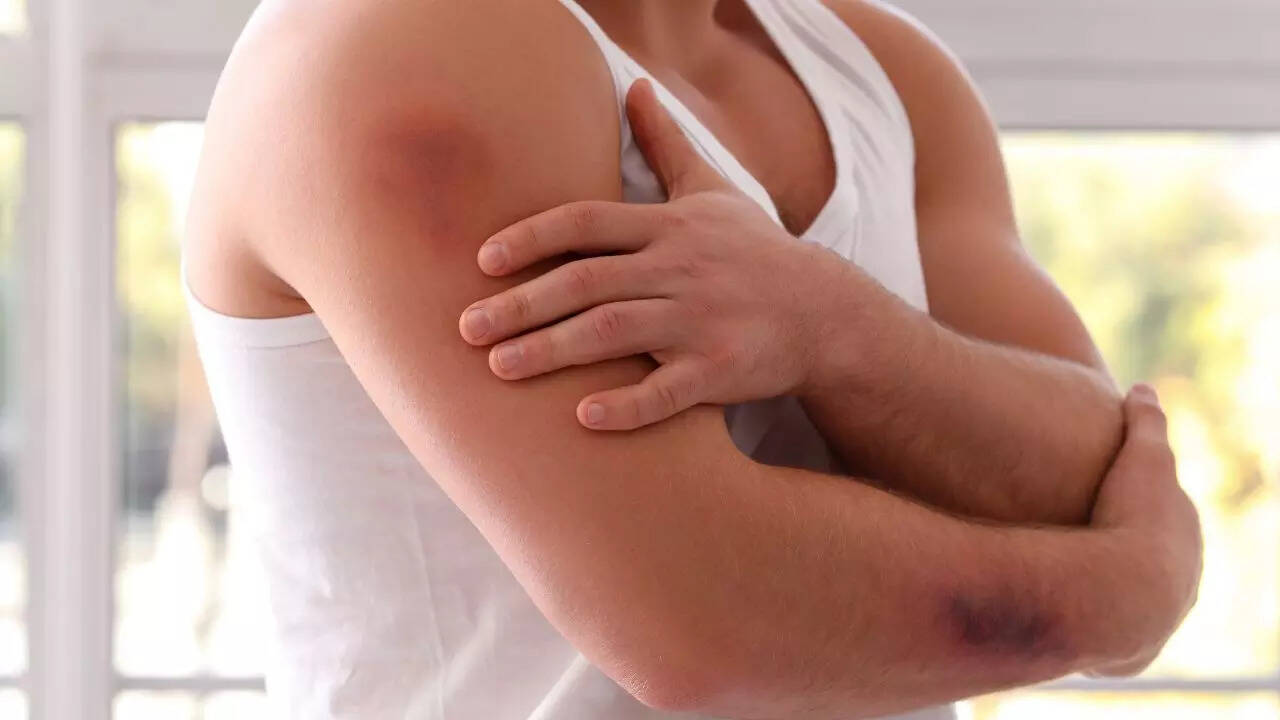
The liver produces proteins essential for blood clotting. When damaged, the liver’s ability to create these clotting factors diminishes, making it easier for individuals to bruise or bleed even after minor injuries.4. Swelling (Ascites and edema)
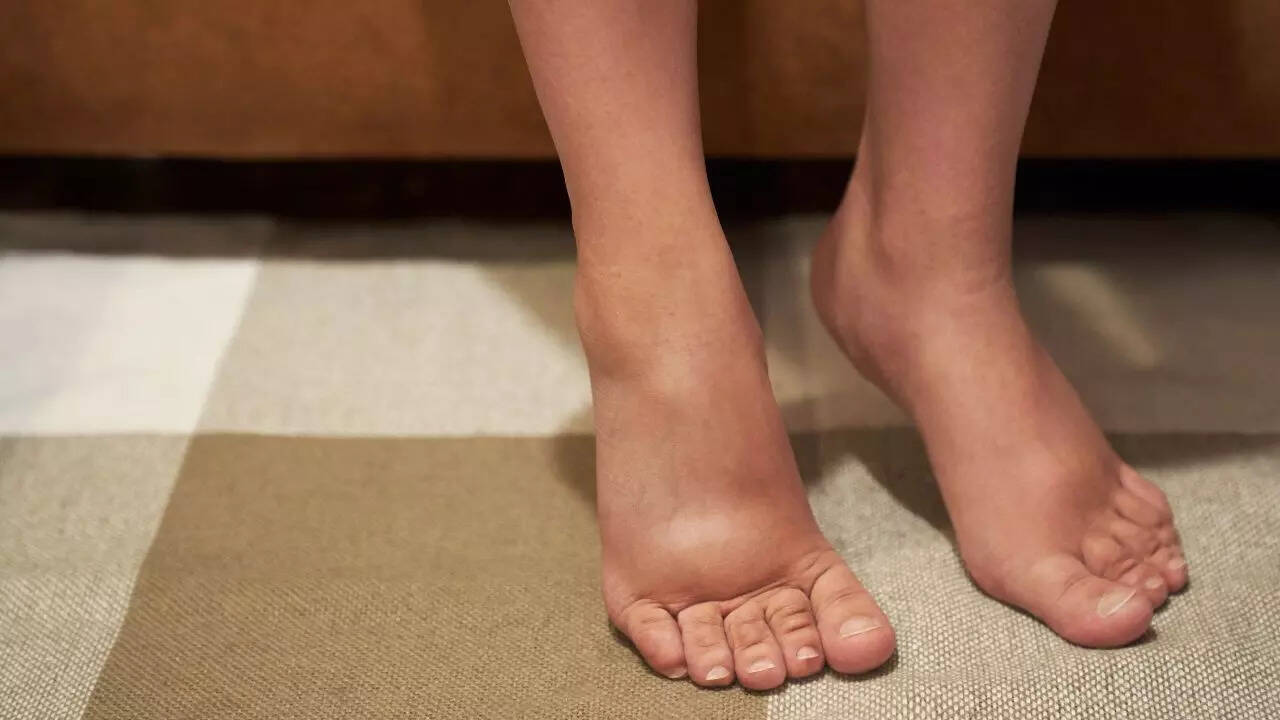
Fatty liver and cirrhosis often cause fluid build up in the body. This includes:
- Ascites: Fluid accumulation in the abdomen
- Edema: Swelling in the legs, ankles, and feet
5. Eruptive xanthomas (Yellow skin bumps)When the liver struggles to process fats, blood lipid levels can rise, leading to eruptive xanthomas, small, yellowish bumps on the skin. These are common in people with fatty liver disease and signal abnormal fat metabolism.6. Pruritus (Itching)

Itching is a frequent complaint among those with fatty liver disease and cirrhosis. It’s caused by bile acid buildup in the bloodstream, which then accumulates in the skin. Additionally, inflammatory substances released during liver damage may contribute to itching.7. Spider veins (Telangiectasia)
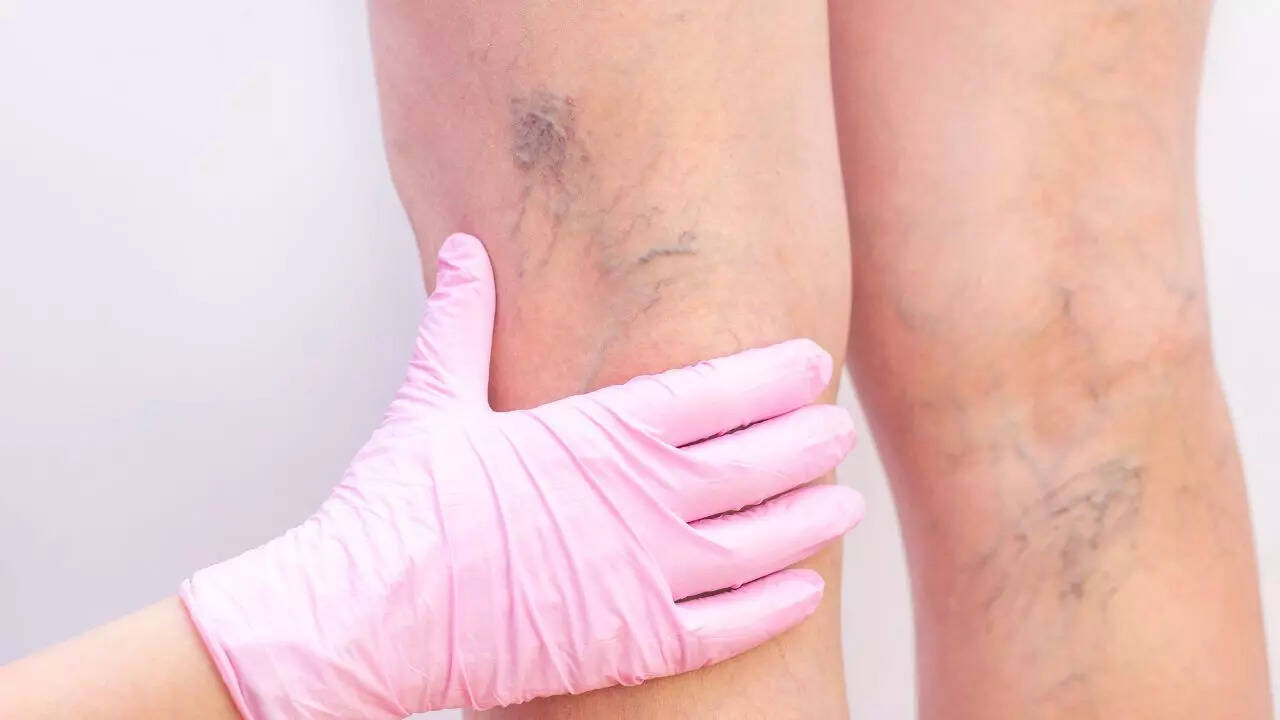
Spider veins are small, dilated blood vessels visible near the skin’s surface, often appearing on the upper body. Elevated estrogen levels due to liver dysfunction cause these veins to widen. They are common in liver disease but can also be related to other conditions.8. Xanthelasma (Yellow patches around eyelids)Xanthelasma manifests as yellowish patches around the eyelids caused by fat deposits under the skin. It often occurs alongside high cholesterol and impaired liver function. This symptom is more prevalent in middle-aged women.9. Liver palms (Palmar erythema)Palmar erythema or “liver palms” is redness on the palms and fingertips caused by dilated blood vessels. Elevated estrogen and altered blood flow in liver disease patients lead to this condition. Although typical in liver disorders, palmar erythema can also occur during pregnancy or in autoimmune diseases.Also read | 9 early bone cancer symptoms you should never ignore



